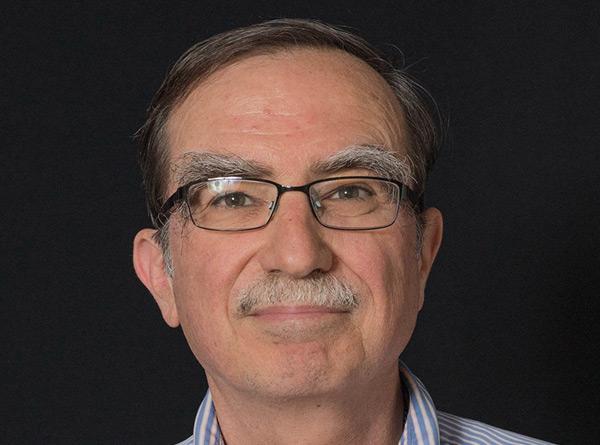Faculty
FLORIDA STATE / PEOPLE / FACULTY
Dr. Timothy A. Cross, Earl Freiden Professor

Professional Preparation/Appointments
Ph.D. University of Pennsylvania (1981)
Contact Information
| cross@magnet.fsu.edu | ||
| Office | 4004 CSL | 850.644.0917 |
| Lab | 4301 CSL | 850.645.9474 |
Programs of Research
Biochemistry
Research Specialties
Bioanalytical, Structural Biology
Research Interest
In this laboratory we bring together skills in nuclear magnetic resonance (NMR) spectroscopy, membrane and computational biophysics, and biomathematics. These latter skills are brought to the lab through a close collaboration with Professor Jack Quine of the FSU Department of Mathematics. Our goal is to characterize the structure and dynamics of membrane proteins for understanding molecular function; in particular we are interested in cation channels. Membrane proteins represent a major challenge for structural biology. Very few structures have been obtained to date, but new methods such as solid state NMR have the potential to be an important technology, complementary to solution state NMR and x-ray crystallography for solving these important drug targets. In previous studies of the channel-forming polypeptide gramicidin A, we have described detailed functional principles that influence conductance efficiency and conductance specificity.
Faculty Interview
Publications
Click to View
| Hu J, Qin H, Gao FP, Cross TA. A systematic assessment of mature MBP in membrane protein production: overexpression, membrane targeting and purification. Protein Expr Purif. 2011, Nov;80(1), 34-40. |
| Separovic F, Killian JA, Cotten M, Busath DD, Cross TA. Modeling the membrane environment for membrane proteins. Biophys J. 2011, Apr 20;100(8), 2073-4. |
| Peterson E, Ryser T, Funk S, Inouye D, Sharma M, Qin H, Cross TA, Busath DD. Functional reconstitution of influenza A M2(22-62). Biochim Biophys Acta. 2011, Feb;1808(2), 516-21. |
| Sharma M, Yi M, Dong H, Qin H, Peterson E, Busath DD, Zhou HX, Cross TA. Insight into the mechanism of the influenza A proton channel from a structure in a lipid bilayer. Science. 2010, Oct 22;330(6003), 509-12. |
